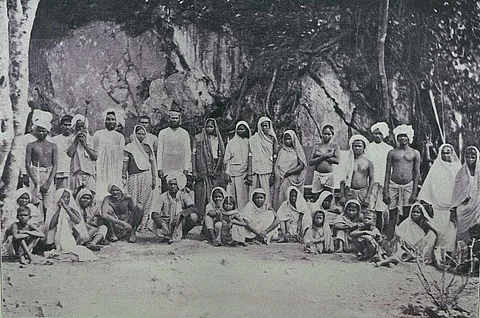History records the torture, struggle and the painful lives of the doomed laborers. A contract that got them cursed for lives. Their journey and their laboring period tell us a lot about slavery. The multiple numbers of voyages that carried the indentured Indians to the foreign lands are cataloged in history. The National Library of Australia holds the record of a proper catalog of the pass-numbers and the year and date of all the ships that carried the laborers. It includes names of ships like- Leonidas, Berar, Syria, Howrah, Ganges, Bruce, Allanshaw, Jamuna, Arno, Virawa, Sangola, Mutlah, Chenab, Sutlej and many more.


